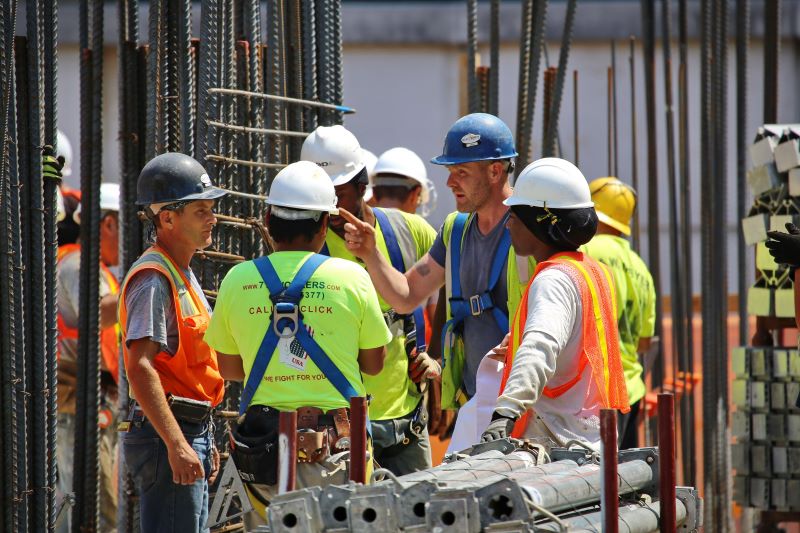By Dave Taylor |
As safety professionals working in the construction industry, we are constantly looking for ways to help workers recognize hazards and train them on ways to mitigate the hazards while doing their work. One such technique or approach is through the Job Hazard Analysis (JHA).
It can be argued strongly that the JHA in construction has its origins tied to the Process Hazard Analysis (PHA) used in the petrochemical industry. Much like the PHA, the JHA in construction seeks to determine the hazards associated with doing construction tasks—much like processes in the petrochemical industry—and identifies ways to control the hazards, with the goal to minimize worker injuries. In the Petrochemical Industry this is a mandatory element to be implemented as part of the Safety Management System.
Today, general contractors and subcontractors alike have adopted the JHA as part of their arsenal of safety tools to complement their safety programs. It has also become an integral part of the safety audit checklist that construction supervisors and safety personnel use to ensure they’re being completed on the projects.
However, is just checking to see if the JHA is filled out enough or are their additional steps that can be done to take full advantage of this valuable tool. Here are some simple tips to consider to realize the full benefits of the JHA:
Tip 1 – Check the JHA to see how thoroughly it is written in relationship to the tasks the workers are performing. In your review, you may identify some hazards and controls the supervisor and/or workers may have missed. This can also be a great opportunity to meet with the frontline supervisors and workers to coach them on hazards to look for that were overlooked.
Tip 2 – Check to see if the workers participated in the daily huddle JHA discussion before starting work. This assessment can easily be done by interviewing the workers and asking what they covered during their huddle. Depending on their responses, you can determine if a huddle took place and how effective JHA expectations were being communicated.
Tip 3 – Observe if the workers are actually implementing what the JHA specifies to alleviate or minimize the potential hazards. From OSHA’s perspective, this is the evidence needed to determine if a JHA is effective. It’s not until the workers are following the JHA that you get the full benefit of the tool.
Tracking these additional steps can improve overall safety performance in the field. The saying “what gets measured gets done” is especially true with the JHA. Checking that the JHA was written is only scratching the surface. It’s not until you take the time to confirm that it’s thorough, communicated and executed as expected can you realize the full potential of the JHA.
 Dave Taylor recently retired from Kaiser Permanente where he worked for over 28 years for the National Facilities Services department in a number of capacities including his last role as National Director of Construction Safety and Loss Prevention.
Dave Taylor recently retired from Kaiser Permanente where he worked for over 28 years for the National Facilities Services department in a number of capacities including his last role as National Director of Construction Safety and Loss Prevention.
Dave has a Bachelor’s Degree in Business Administration, Masters in Organizational Management and is a licensed General Contractor in the State of California. He is a member of the American Society of Safety Engineers (ASSE) and has attained Safety Management, Executive Safety Management and Construction Health and Safety Technician (CHST) certifications from that organization. Dave also has a Construction Risk and Insurance certification (CRIS) through the International Risk Management Institute.
Dave teaches a variety of classes at the OSHA Training Institute Education Center at Chabot-Las Positas Community College District, including, OSHA #510 OSHA Standards for the Construction Industry, OSHA #500 Trainer Course for the Construction Industry, OSHA #5109 Cal/OSHA Standards for the Construction Industry and OSHA #3085 Principles of Scaffolding.

